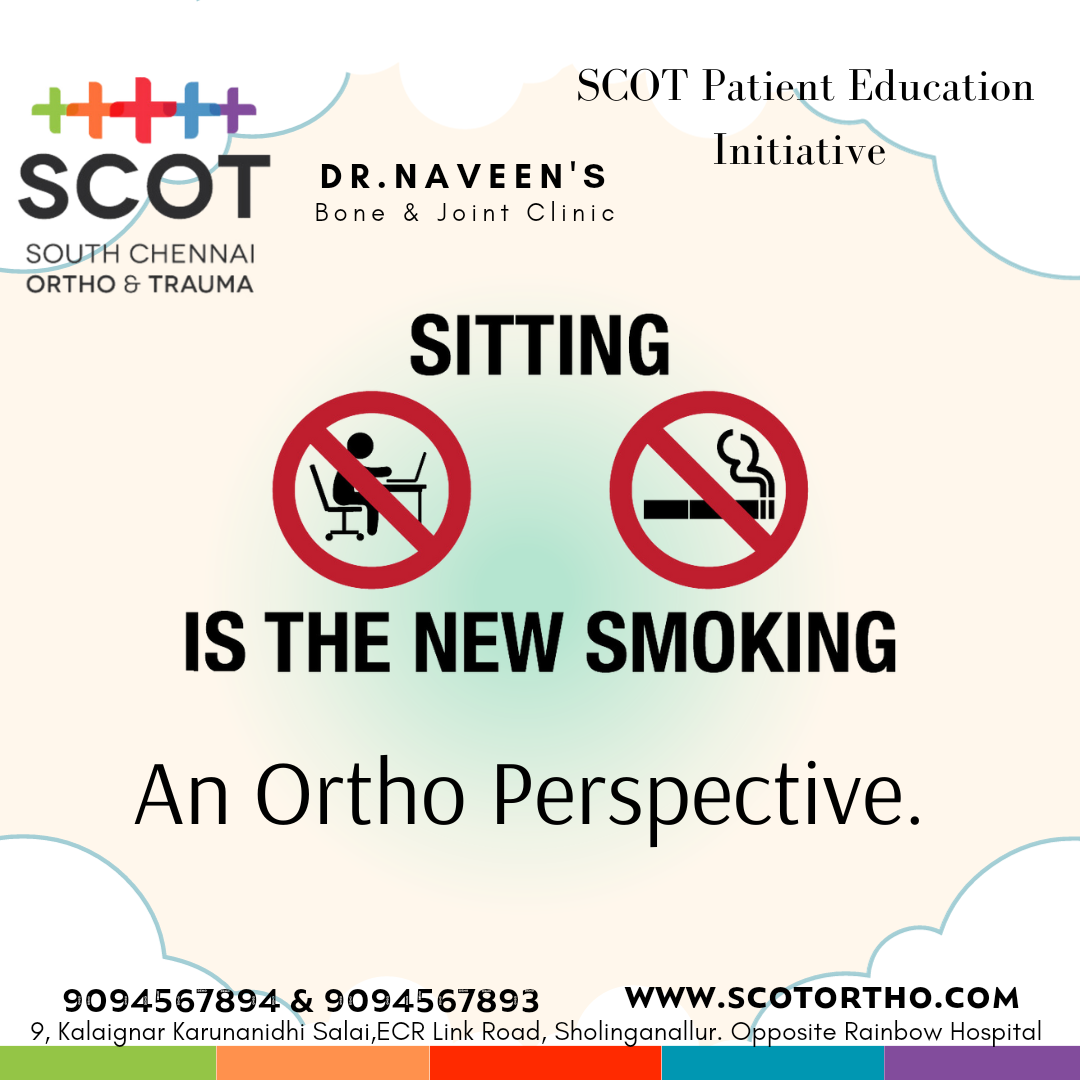Sitting is called the "new smoking" because it has been linked to a number of the same health problems as smoking, including heart disease, stroke, type 2 diabetes, and some types of cancer.
Just as smoking cigarettes can damage your lungs and other organs, sitting for long periods of time can damage your body in a number of ways. For example, sitting can:
* Slow down your metabolism, leading to weight gain
* Increase your risk of developing chronic diseases
* Weaken your muscles and bones
* Increase your risk of developing blood clots
* Reduce your circulation
* Cause pain and stiffness in your muscles and joints
The phrase "sitting is the new smoking" was coined by Dr. James A. Levine, a professor of medicine at Mayo Clinic. In a 2012 study, Levine and his colleagues found that people who sat for more than six hours a day were twice as likely to die from cardiovascular disease as those who sat for less than three hours a day.
Another study, published in the journal Cancer Epidemiology, Biomarkers & Prevention in 2017, found that people who sat for more than eight hours a day were 20% more likely to die from cancer than those who sat for less than four hours a day.
Sitting Disease: An Orthopaedic Perspective and Ergonomics
Introduction
Sitting disease is a term used to describe the health problems associated with prolonged sitting. It is a growing problem in today's society, as more and more people have jobs that require them to sit at a desk for long periods of time.
Orthopaedic Problems Associated with Sitting Disease
Sitting disease can lead to a number of orthopaedic problems, including:
* Low back pain
* Neck pain
* Shoulder pain
* Carpal tunnel syndrome
* Sciatica
How Sitting Disease Happens
Sitting for long periods of time puts stress on the body in a number of ways:
* Muscles: Sitting weakens the muscles in the back, core, and legs. This can lead to pain and stiffness.
* Joints: Sitting puts increased pressure on the joints, especially the hips, knees, and ankles. This can lead to pain and arthritis.
* Circulation: Sitting reduces the circulation in the legs and feet. This can lead to swelling, pain, and blood clots.
* Metabolism: Sitting slows down the metabolism. This can lead to weight gain, which is a risk factor for many chronic diseases.
Preventing Sitting Disease
The best way to prevent sitting disease is to get up and move around regularly. If you have a job that requires you to sit at a desk for long periods of time, try to get up and move around every 20-30 minutes. You can also try using a standing desk or walking treadmill desk.
Other tips for preventing sitting disease include:
* Maintaining good posture while sitting
* Using an ergonomic chair and workstation
* Taking breaks to stretch and exercise
* Getting regular exercise
Treating Sitting Disease
Treatment for sitting disease depends on the specific orthopaedic problem you are experiencing. Treatment may include:
* Physical therapy
* Medication
* Injections
* Surgery
Additional Tips for Preventing Sitting Disease
* Choose active transportation: If possible, walk, bike, or take public transportation to work instead of driving.
* Take the stairs: Take the stairs instead of the elevator whenever possible.
* Do chores around the house: Cleaning, gardening, and other household chores can help to increase your activity level.
* Get involved in activities: Join a sports team, take a fitness class, or simply go for a walk or bike ride.
By following these tips, you can help to reduce your risk of developing sitting disease and improve your overall health.
Conclusion
Sitting disease is a serious health problem that can lead to a number of orthopaedic problems. The best way to prevent sitting disease is to get up and move around regularly. If you experience any orthopaedic problems, see a doctor or physical therapist for diagnosis and treatment.
SCOT : Dr. Naveen's Bone and Joint Clinic, Sholinganallur.
9094567894 , 9094567893

Comments
Post a Comment